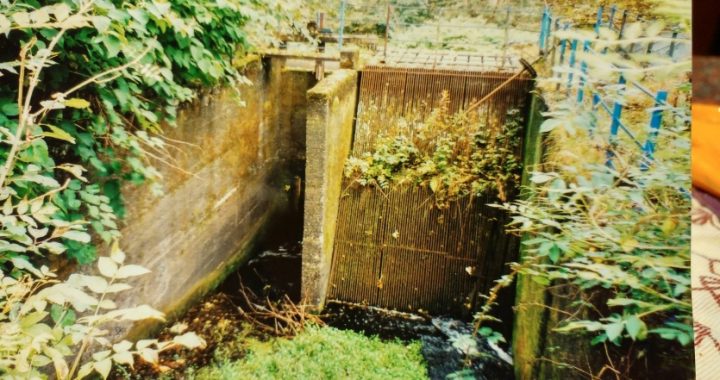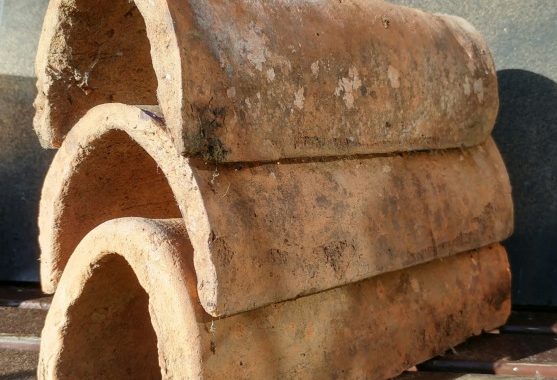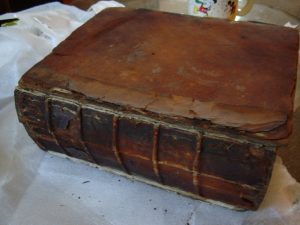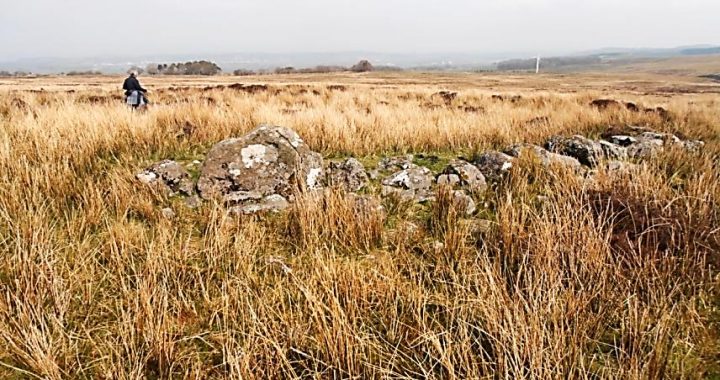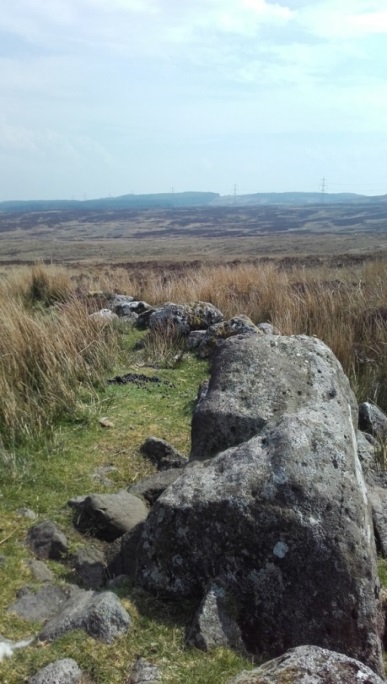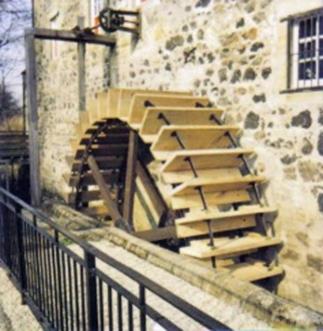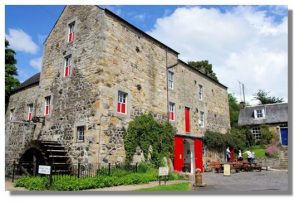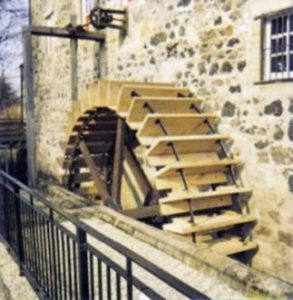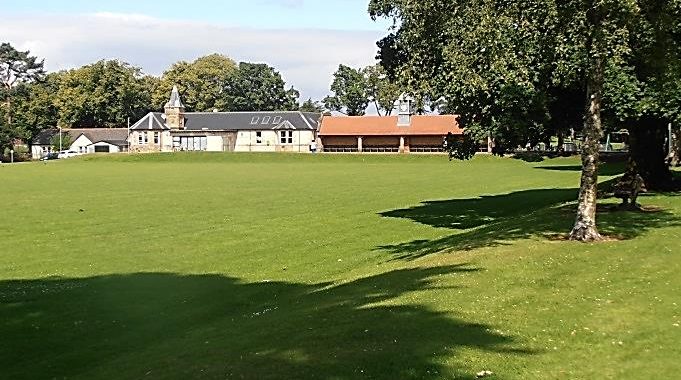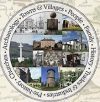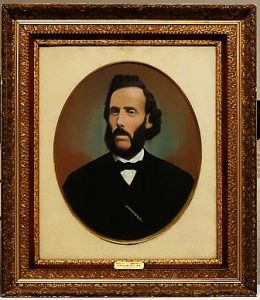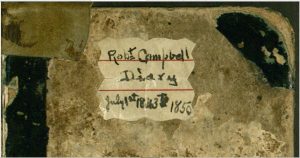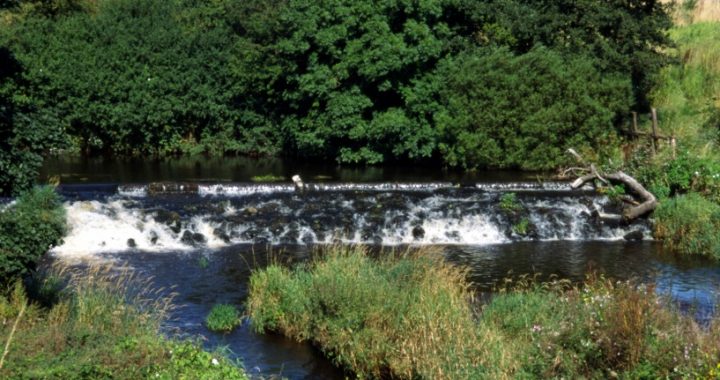Collier’s House and coal pits at Goldenlee in 1750
The Gryfe area is not often associated with the working of coal. In 1912 It was claimed that Renfrewshire “is not a great mining county it lags behind its neighbours,” yet, 130 years earlier, Semple described the county as “abounding with coal”. Thus early coal mining is one of the hidden secrets of the area.
Small amounts of coal had always been worked from outcrops, but more organised workings were in the form of numerous holes, or ‘bell pits’ (shallow shafts worked close together) at Goldenlee (Houston), Brookfield and Quarrelton.
The earliest workings followed the valleys of the Gryfe, Black Cart and Locher, where the coals were shallower, and to where the workings could be drained. From Bridge of Weir, coal was worked down the Gryfe at Kaimhill, Locherside, Sandholes, Craigends and the appropriately named Coalbog. Along Barr and Castle Semple lochs, coal works appeared at Nervelston, Blackdyke, and Lochside, then down the Black Cart from Coalhouse (Howwood), and Corseford to Elderslie. The earliest and most intensive workings were in the Quarrelton area, which had one of the thickest coal seams in the country.
From the 1770s, ambitious estate owners were seeking sources of income beyond farming. Landowners, such as Speirs of Elderslie who drilled bores on his lands of Newton, was soon working coal from several pits. By the 1790s the availability of coal was described as one of the main advantages of local parishes. At Quarrelton, Corseford and Kerse, the pits were initially kept dry using pumps driven by water wheels or horses. Gradually, larger pits including Nervelston, Thorn and Elderslie added steam engines to lift out the coal and pump out water.
To anyone passing through the area around 1800, coal workings would have been a common sight. By the Victorian period, much deeper coal was worked under the flatlands of Linwood Moss and Fulton. The only visible signs were pitheads, which came and went in a few decades, leaving little trace. This led to the perception that coal working barely existed in the area. A local supply of coal had been crucial for the growing settlements such as Johnstone, Kilbarchan, Houston and Bridge of Weir. However, the biggest use of coal was not to ‘boil the pot’, but to process another little-known mineral: limestone. This will be investigated next month.
© 2017 Stuart Nisbet, Renfrewshire Local History Forum


